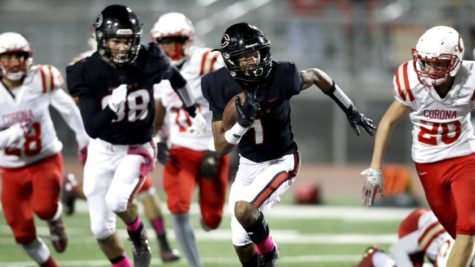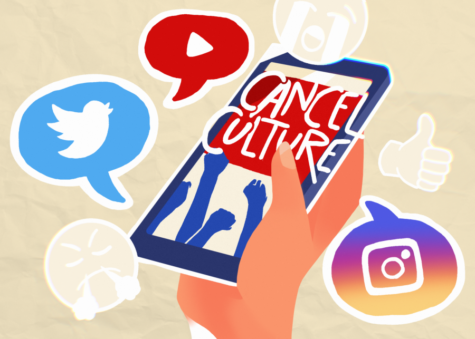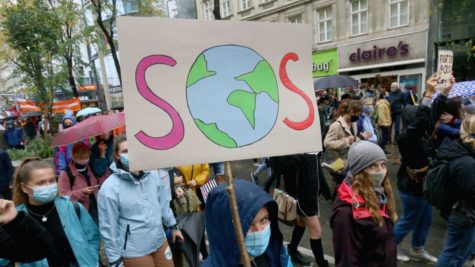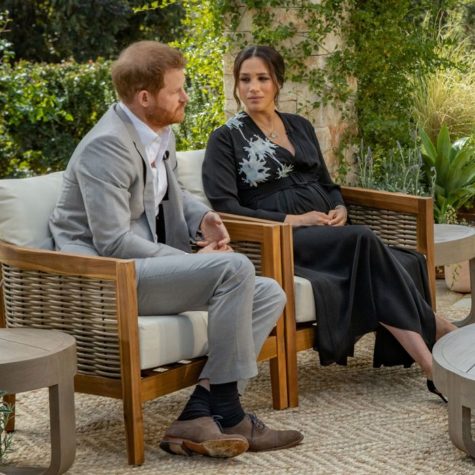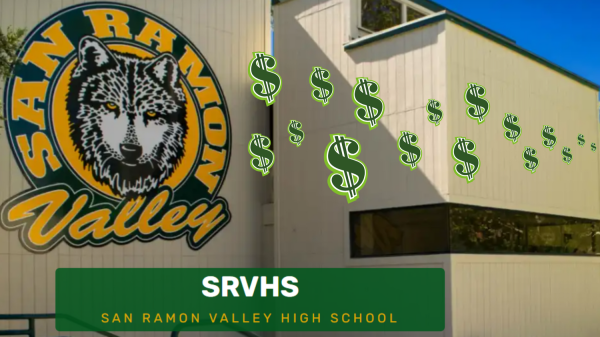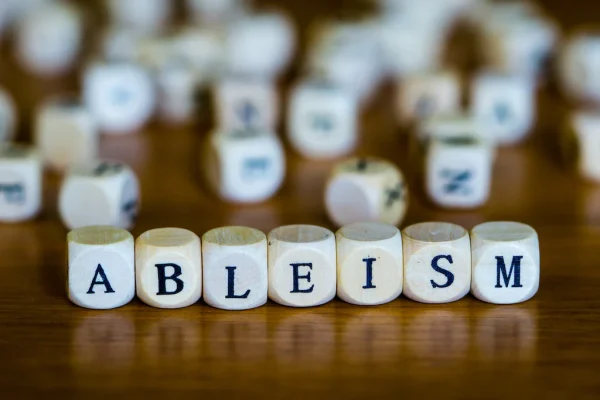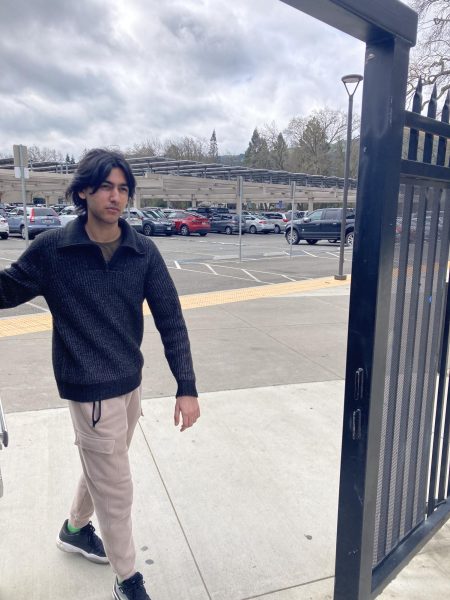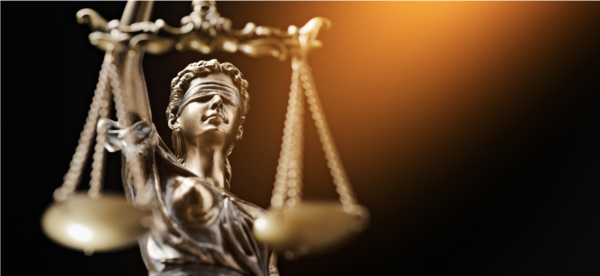Gen Z Key Part of Electorate
High school seniors part of wave of young voters
Generation Z, born roughly after the mid-1990s, will represent 10% of eligible voters in the 2020 election, allowing high school seniors who turned 18 in time to register to vote to finally make their voices heard. To many seniors, the pandemic and social unrest underscored the gravity of this election.
At San Ramon Valley High School in Danville, a student-led effort registered more than 100 seniors at the school. Based on a sampling of students, eligible seniors took on the opportunity with enthusiasm and commitment.
First-time voter Emma Engstrom, for example, declared that “democracy is on the line.” Fellow student Carl Roe, also voting for the first time, said that “as someone who supports liberty, equality, and opposition to authoritarianism … this is without a doubt one of the most important elections in U.S. history.”
Beyond casting their vote to participate in our nation’s democracy, students believe that each vote cast bears significant consequences for the future. Issues at the forefront include providing affordable and accessible health care, climate change, and confronting inequality of wealth and race. Each presidential candidate’s stance on these issues were leading factors for student voters.
Amplified by the arrival of covid-19, the debate over health care was significant to students.
San Ramon High senior Ashkon Mogharei hopes for a system that is at a “crossroads between what our current system is, which is employer based health care” and a plan that “is more universally applicable to everyone so they can be sure that they are getting equal health care.”
Mikey Maurer came to believe in health-care reform after witnessing “relatives and cousins in the hospital [where] they got treatment, but it wasn’t very good treatment.”
Although Roe is voting to guarantee protection and treatment for infected individuals amid the pandemic, he also argues that quality health care transcends the crisis.
“Even without pandemic, it’s still something to support because people need to be healthy in order to be functioning members of society,” he said. “If they have no access to health care or even basic medicines, then they’re not going to be at their best, they’re not going to benefit from our society and they’re not going to provide many benefits for society.”
Gabby Rivas finds that climate change is “often pushed to the side.” Due to small and seemingly imperceptible changes in climate, “people are in-the-moment focused, but climate change is a prolonged issue that is not focused on enough.” Roe echoes a similar sentiment, voicing concerns that “as a young person in this world, it is genuinely scary to imagine what kind of world the next generations may be living in.”
Politically motivated student Taylor Daetz — who along with Engstrom organized the campaign that has registered more than 100 San Ramon High seniors — did not meet the age requirements for this year’s election, but is deeply invested in ensuring justice for all.
“You want justice for people no matter their race, ethnicity, religion, any background or any quality they identify themselves with,” Daetz said. “You want everyone to have an equal amount of representation and power.”
Addressing wealth inequality is important to Engstrom.
“I think that the way our country’s always been taxed is not correct, based on what the top 1% have,” she said, arguing that money needs “to be directed towards low income communities … to [ensure a] more level playing field.”
Mogharei views socioeconomic disparities as a “systemic issue in our country where politicians are corrupted by corporations; our politicians aren’t fighting for the majority, they’re fighting for the minority.” He proposes “giving more power to the workers and giving more freedom to the people.”
Naturally, each presidential candidate’s views on such issues plays a huge role in helping seniors determine their ballot choices. Roe believes that “The current administration has carried out a number of policies that are destructive to our environment, hostile to our general equality and liberty both within the United States and abroad. Although I’m not the biggest fan of the alternative, I think there should be a leadership change.”
Students were looking for a wide range of characteristics in presidential candidates.
Rivas yearned for transparency and consistency while another senior, who wishes to remain anonymous, stressed the importance of fiscal intelligence. To Engstrom, moral traits were crucial: “It’s one thing to be a good politician, but it’s a whole other thing to be a good leader who can connect on a deeper level with voters and average citizens.” Likewise, Daetz hoped for a president who is a “decent human being that is going to make decisions for the wellbeing of our country, even if that doesn’t necessarily include me.”
While forming well-educated opinions about candidates can be difficult with the spread of misinformation on social media and accusations from both sides about biased news sources, Rivas is dedicated to uncovering facts.
Frustrated by the twisted headlines and stories of biased-sites, Rivas, along with peer Kylie Rashkin, started a political education club that teaches students to “cross-reference sources … so they can make their own decisions based on facts.” Rivas said. “When you think of a journalist, they should not be liberal or conservative; they should be able to give facts and not be focused on a particular bias or view.”
Mogharei was not particularly concerned with arguments that the right lacks representation in journalism.
“Those news organizations that identify as liberal [have] arguments based more in merit while those in conservatives often have less merit.” Engstrom said. “Educated people are going to places like the New York Times and the Wall Street Journal; I don’t want to make an overgeneralization, but the ones who are writing those have to be more in check with truth and with series of events.”
The New York Times is a popular source of information and one that many students believe to be credible. Maurer, however, prefers to switch between Fox and CNN, forming his own opinions on the truth by merging the two disparate views.
Like voters across the country, students expressed anxiety about the outcome of the presidential race.
Even though Mogharei believes that Joe Biden, whom he views as the “lesser of two evils,” will defeat Donald Trump, he said that “I don’t think our country is going to be progressive enough to adequately address the problems we’re going to be facing in the next four years.”
Others, like Engstrom, worry about the results despite what the polls may say: “Nothing is said and done until the votes are all in.”
Whoever the country elects, Gen Z will have had a consequential impact on this year’s election. Historically, younger generations have not turned out in large numbers to vote, but Roe feels that this election is different: “Considering that this is shaping up to be a very important election in a very important time, it is important for my generation to organize and vote for what we think will be best for ourselves and everyone around us.”
Gen Z is more racially diverse than preceding generations, leading Daetz to conclude that “I personally believe our generation is going to vote in a way that is more accepting and more reflective of the American ideals of equality and justice.”
As the daughter of a Cuban father, Rivas finds racial diversity to be a noteworthy issue, asserting that “it opens up people’s point of view. I wish Danville was more diverse because it opens up issues that we don’t realize are happening.” Rivas said that Gen Z’s racial diversity will prompt more left-leaning votes.
One of Engstrom’s favorite quotes is attributed to Thomas Jefferson, who said that, “We do not have a government by the majority; we have a government by the majority who participates.” Inspired by Jefferson, Engstrom believes she has a “moral obligation as a citizen to protect democracy and to uphold democracy and it’s my right to express my beliefs.”


